When Kingdom Come: Deliverance debuted in 2018, its save mechanics were controversial. There was no manual save option in the menu. Instead, in the name of immersion, you needed to craft a drink called Saviour Schnapps. You could also sleep in your bed to save, but the adventurer on the go doesn’t have time for naps. The long and short of it was that, unless you owned a bed or crafted a consumable, you were stranded without a save.
Developer Warhorse Studios eventually patched in a Save and Exit feature as a concession to fans, and both Saviour Schnapps and that more straightforward option return in Kingdom Come: Deliverance 2.
Oh Lord, Save Me From The Schnapps
It’s easy to see why Saviour Schnapps was a controversial mechanic. People are busy and don’t want to get attached to anything they’re not willing to walk out on in 30 seconds flat if they feel the heat around the corner. I’ve heard plenty of gamer parents talk about how the lack of a pause button makes it hard to get into FromSoftware’s games, and I get it. When a real human person is depending on you, it can be hard to have patience for a game that asks more than seems fair.
Systems like Kingdom Come: Deliverance 2’s are often seen as relics of the past. While updating Resident Evil 2 for a 2019 audience, Capcom cut a similar system from the original game. In Resident Evil 2 (1998) players needed to find slips of paper and bring them to a typewriter to record their progress. The remake kept the typewriters as manual save points, but cut the consumable aspect.
That’s fine, as I’m sure many players would have been annoyed if the mechanic made the jump to the remake. But I’ve been thinking lately about how save systems are as much a mechanic in games as combat or traversal. They completely shape the experience.
Thoughtful Save Systems Are Game Changers
In Silent Hill 2, you can only save at certain locations marked by glowing red squares. The game does have an autosave, but if you’ve made it two-thirds of the way to your destination, there’s a good chance that a death will just send you back to your last manual save point. So, you spend a lot of your time in the game feeling as stressed as James, covered in blood, while he attempts to limp to the next red square. Much of the game’s horror is derived from the need to manually save.
By contrast, Citizen Sleeper 2: Starward Vector mines tension from only having an autosave. It’s the kind of RPG where you can really mess up if you don’t play your cards (or dice) right, and the lack of a manual save means that you can’t save scum your way out of a tough situation. This has actually pushed me to learn the game’s systems better than I would have otherwise. At one point, I misunderstood the fuel system and assumed that the listed amount required for a journey covered the round trip. It didn’t, and I ended up in the orbit of an abandoned space station with no way to get fuel, supplies, or money. All but two of my dice were busted and the two working ones were glitched, meaning they had only a 20 percent chance of rolling a favorable outcome. I thought I was completely stuck. Like, start the game over stuck.
If the game had a manual save system, I would have just loaded an earlier file. But, because it limits you to autosave, I had to take a long hard look at the situation I found myself in. By doing that, I realized that I could scavenge fuel at the end of each day.
You can also set this system to scavenge food or money.
I did that and, within a couple days, I had enough fuel to jet back to safety. By denying the comfort of the save scum, Citizen Sleeper 2 brought me deeper into the headspace it’s trying to create. Those moments of tension made me feel like I was barely scraping by, just like my crew.
Save State Of Mind
Od-school save systems can be frustrating. Most of the games I’ve beaten for the SNES/Genesis or earlier systems were via ports to modern hardware that added more forgiving systems or the freedom to create your own save states. My least favorite thing about Sonic Mania was its refusal to save progress mid-act, which meant replaying both stages from the start if you died on a boss. Losing time is as frustrating as losing progress.
But save systems are crucial to creating a mood. Games should make saving convenient when it suits the game, but we shouldn’t throw the baby out with the Saviour Schnapps-flavored bath water.
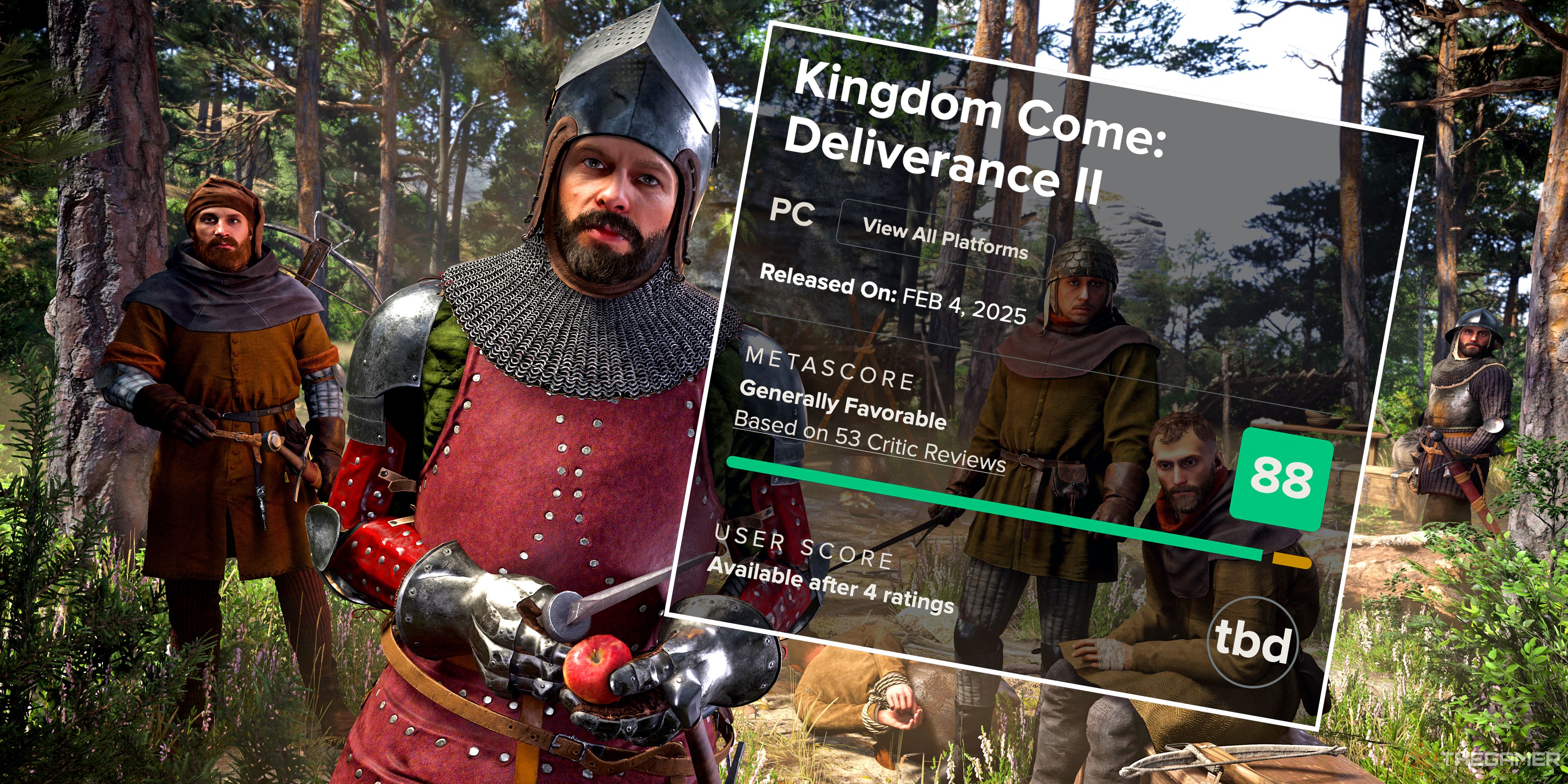
Next
Reviewers Shouldn’t Care About Kingdom Come: Deliverance 2’s Metacritic Score
If reviewers are worried about helping or hurting a game’s Metacritic score, they’re not doing their job.
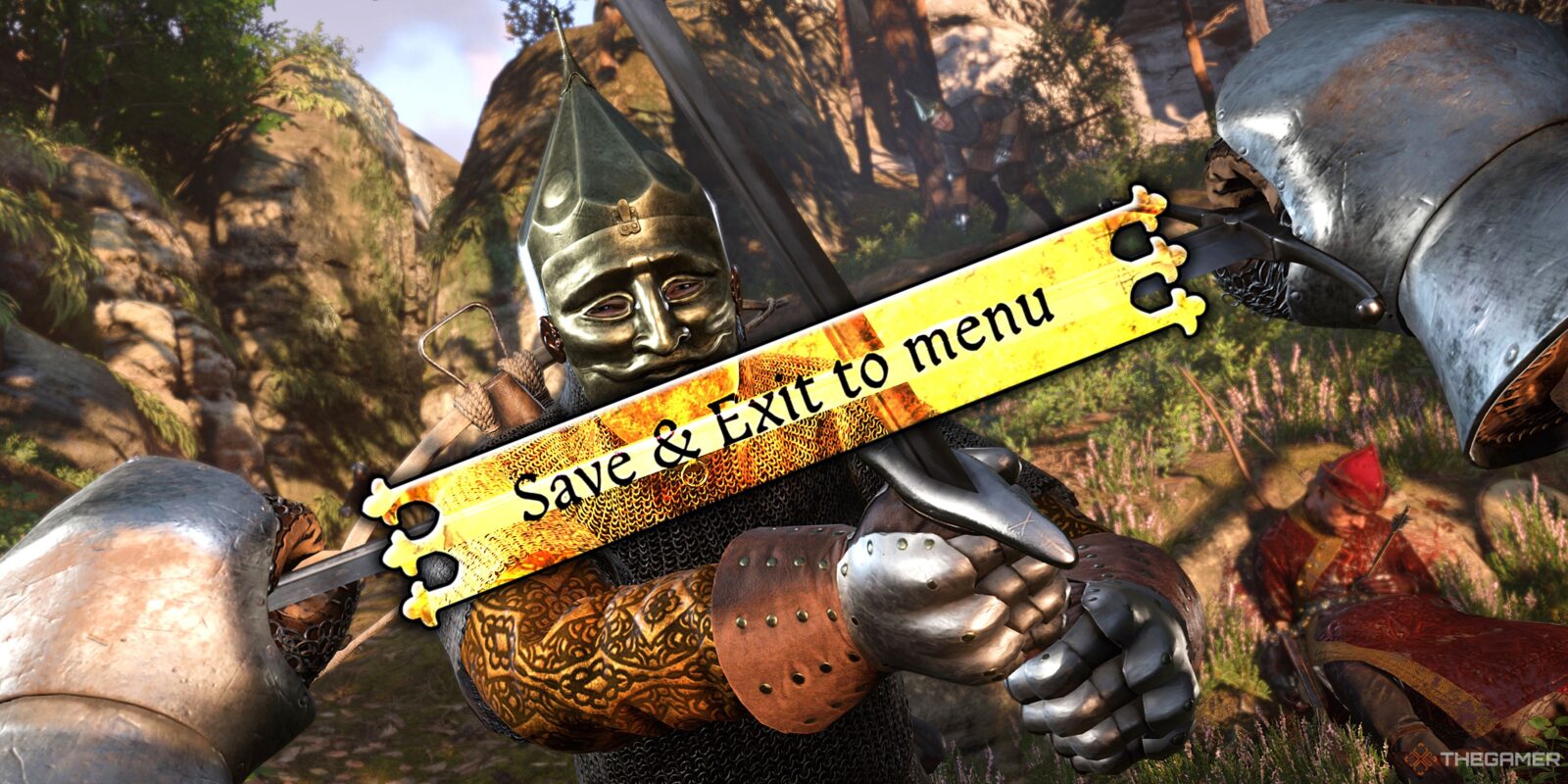
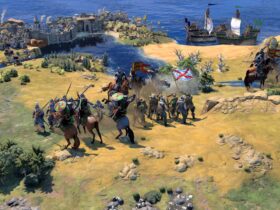
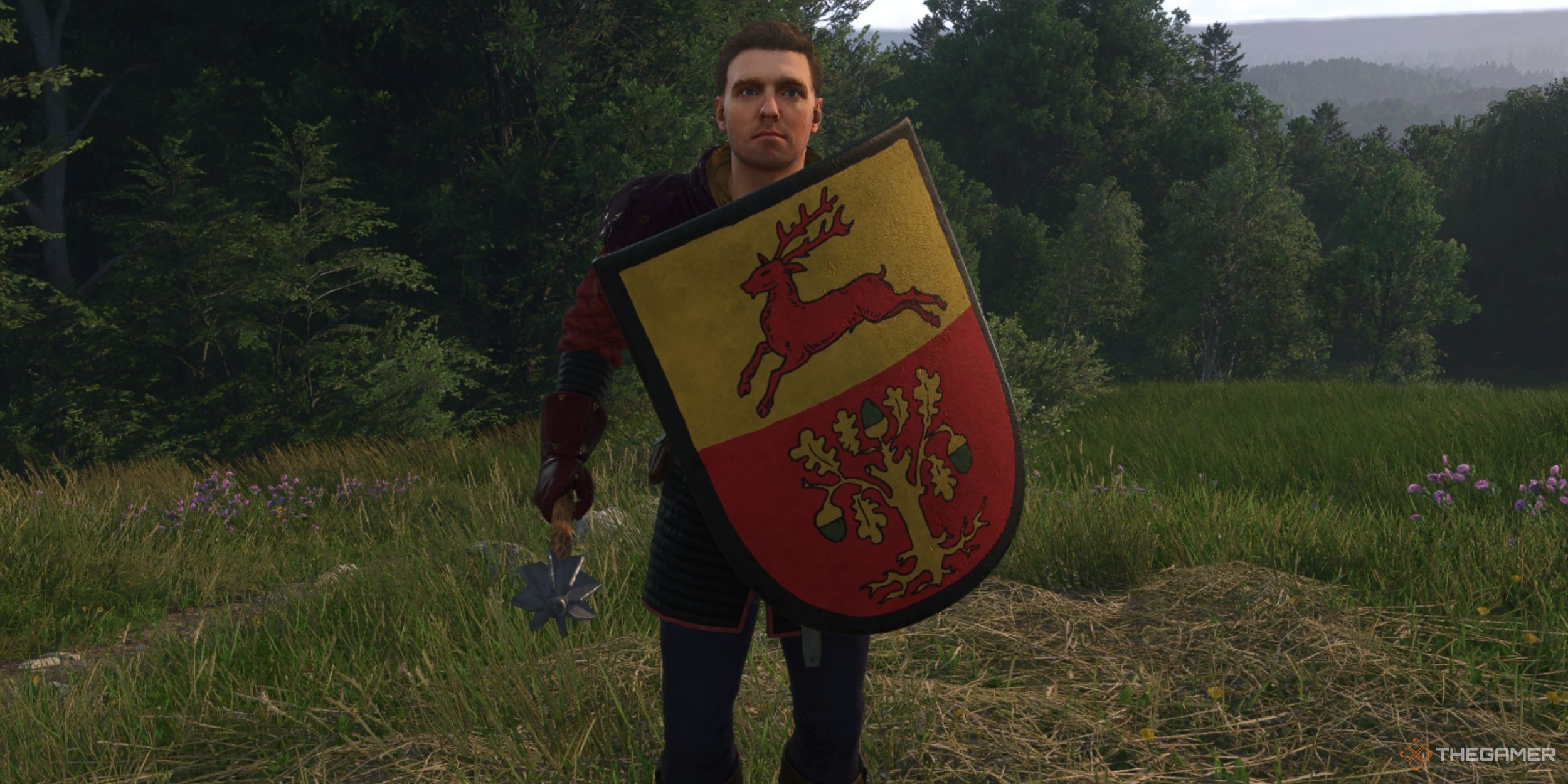
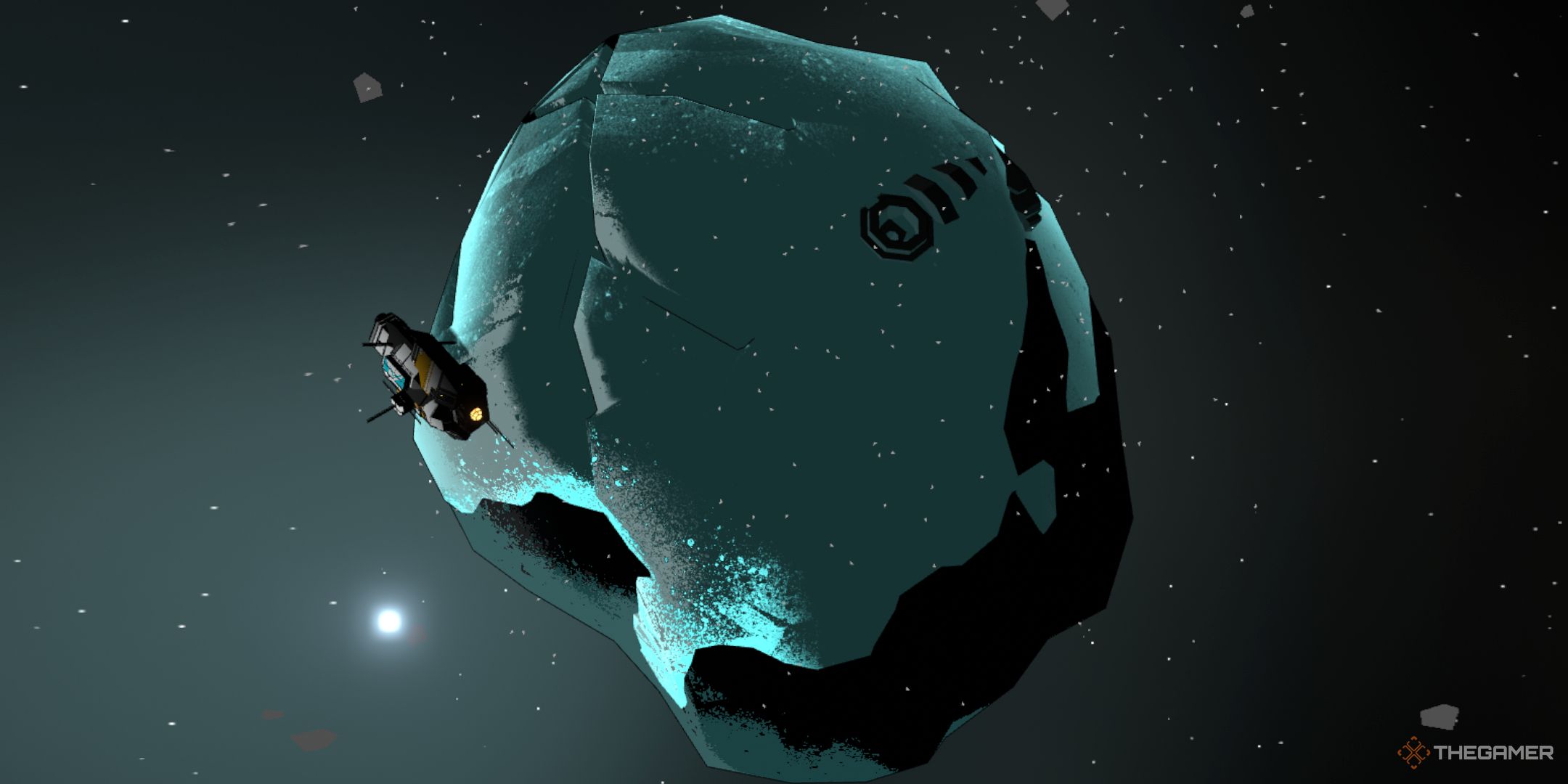




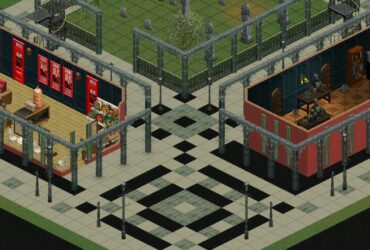




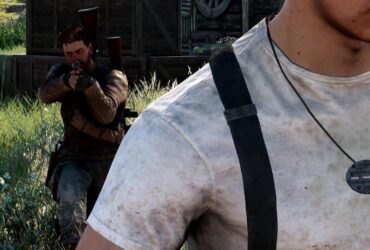
Leave a Reply